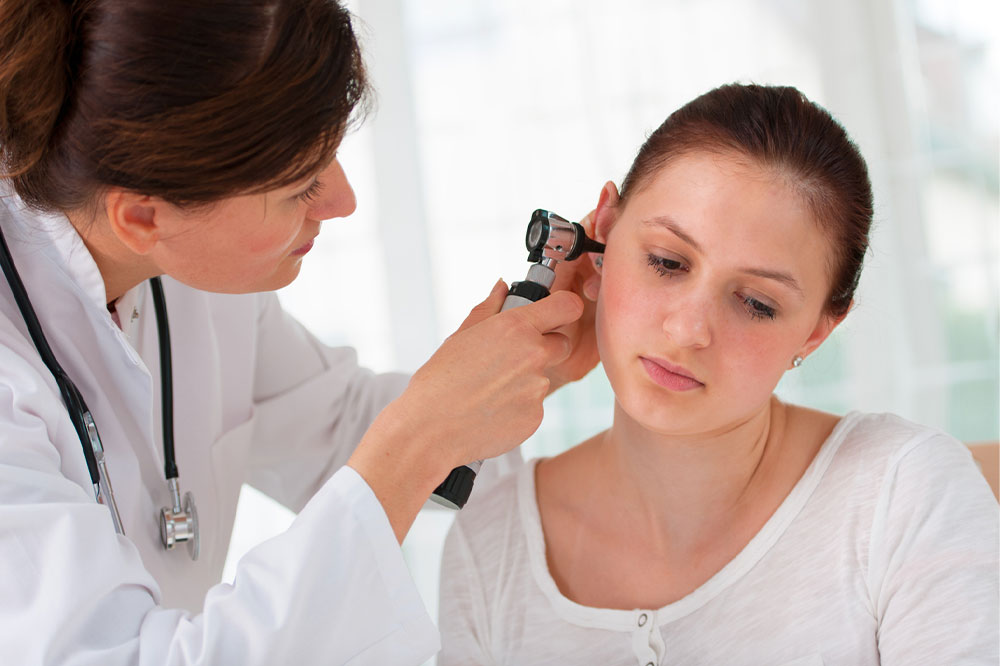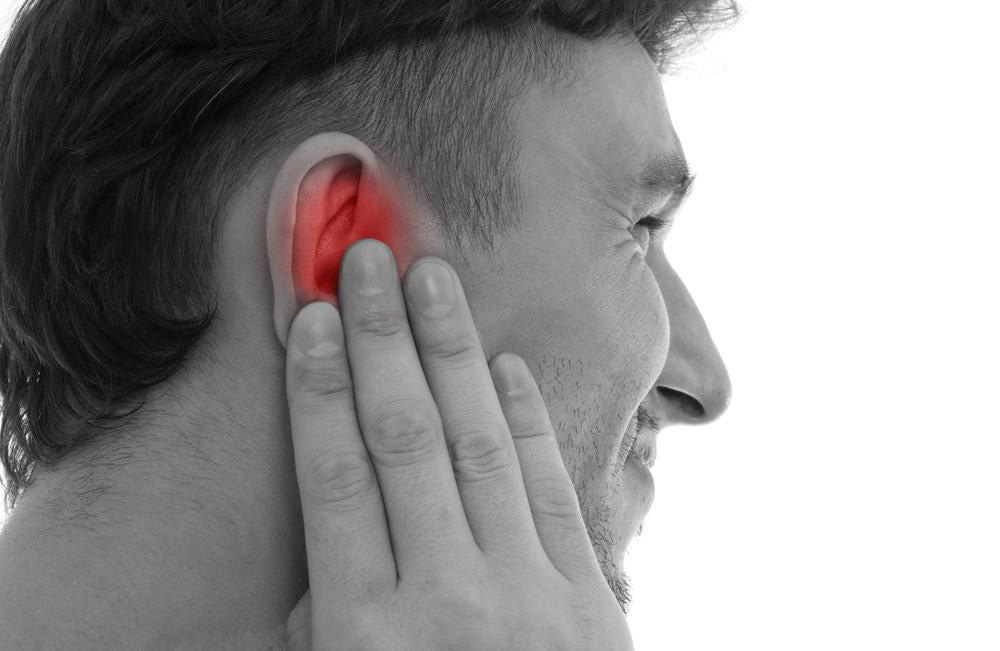Comprehensive Guide to Ear Infections: Symptoms, Diagnosis, and Effective Treatments
This comprehensive article explores ear infections, detailing their symptoms, diagnostic procedures, and various treatment options. It emphasizes early detection, effective management strategies, and prevention tips to reduce the risk of complications such as hearing loss. The article is valuable for parents, adults, and healthcare providers seeking thorough information on ear health and infection control.

Comprehensive Guide to Ear Infections: Symptoms, Diagnosis, and Effective Treatments
Ear infections are a common health concern that can affect individuals across all age groups, though they are particularly prevalent in children. These infections, especially those involving the middle ear, are often referred to as acute otitis media. They can cause discomfort, pain, and complications if not diagnosed and treated promptly. Understanding the different types of ear infections, their symptoms, diagnostic procedures, and available treatment options is essential for effective management and prevention of potential long-term effects such as hearing loss.
Types of Ear Infections and Their Characteristics
Ear infections come in various forms, primarily affecting different parts of the ear. The most common include:
Acute Otitis Media (Middle Ear Infection): This type involves rapid onset inflammation of the middle ear, often causing severe ear pain, fever, and temporary hearing loss. It is frequently triggered by colds, respiratory infections, or allergies.
Otitis Media with Effusion (Fluid Buildup): Characterized by the accumulation of fluid in the middle ear without signs of active infection. It can cause a feeling of fullness, muffled hearing, and discomfort.
Outer Ear Infections (Otitis Externa): Also known as swimmer’s ear, this type affects the outer ear canal, leading to redness, swelling, pain, and discharge, especially after water exposure.
Symptoms Indicating an Ear Infection
Recognizing the early signs of an ear infection can facilitate timely intervention. Typical symptoms include:
Persistent ear pain or discomfort
Irritability and fussiness, especially in young children
Pulling or tugging at the affected ear
Difficulty sleeping or disrupted sleep patterns
Reduced hearing or muffled sounds
Feeling of fullness or pressure in the ear
Fluid or pus draining from the ear
In some cases, fever and general malaise
When to Seek Urgent Medical Care
While many ear infections resolve with home care, certain symptoms necessitate immediate medical attention:
High fever that persists or worsens
Severe pain unrelieved by over-the-counter pain relievers
Discharge of fluid, pus, or blood from the ear
Signs of dizziness, vertigo, or imbalance
Hearing loss that appears sudden or severe
Symptoms that worsen or do not improve after a few days
Diagnosis Process and Medical Evaluations
Healthcare professionals typically diagnose ear infections through a thorough physical examination. The process includes:
Inspection of the ear using an otoscope to visualize the eardrum
Assessment of redness, swelling, or fluid behind the eardrum
Evaluation of ear canal for signs of infection or swelling
If necessary, tuning fork tests or audiometry can be used to assess hearing capacity
In some cases, supplementary tests like tympanometry or imaging studies may be employed to confirm the diagnosis, especially in recurrent or complicated cases.
Effective Treatment Options for Ear Infections
The treatment approach depends on the type, severity, age of the patient, and presence of fluid or bacterial infection. Common strategies include:
Medication: Antibiotics are prescribed when a bacterial infection is confirmed or suspected. Pain relievers such as acetaminophen or ibuprofen help manage discomfort. Decongestants or antihistamines may assist in reducing nasal congestion that contributes to ear pressure.
Home Remedies: Warm compresses applied to the affected ear can ease pain. Rest, hydration, and avoiding water entry into the ear are recommended. Some individuals find relief with olive oil drops or essential oils, but always consult a physician before use.
Procedural Interventions: In cases of recurrent infections or persistent fluid build-up, minor surgical procedures like myringotomy (ear tube placement) may be performed to drain fluids and prevent further complications.
Monitoring and Follow-up: Regular follow-up with healthcare providers ensures proper healing and minimizes the risk of recurrent infections or hearing impairment.
Preventive Measures and When to See a Doctor
Preventing ear infections involves good hygiene practices, managing allergies, and avoiding irritants. Strategies include:
Wearing ear protection during water activities
Maintaining respiratory health with proper hygiene and avoiding exposure to sick individuals
Keeping allergies under control with appropriate medications
Getting regular check-ups, especially for children prone to recurrent infections
If symptoms worsen or do not improve with standard care, or if there are signs of complication like significant discomfort, hearing loss, or fluid discharge, it is imperative to consult a healthcare professional promptly. Early intervention can prevent severe complications such as permanent hearing loss or damage to the ear structures.
In conclusion, understanding the nuances of ear infections—symptoms, diagnosis, and treatment—can greatly enhance management and health outcomes. With prompt medical attention, most ear infections resolve quickly, allowing patients to regain comfort and normal hearing function efficiently.




